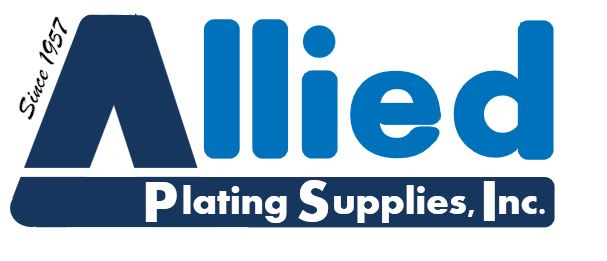Product Description
Miccropatch MC-753 (Air-Dry, Black) is especiolly designed to allow easy and reliable repair of plastisol coatings. It is quick drying and its high viscosity reduces the need for multiple coats. Plating racks can be returned to service with minimum down time. Properly applied, Miccropatch forms a tough bond with plastisol and extends insulation life indefinitely. Miccropatch MC-753 (Air-Dry, Black) is made of the same essential ingredients as Plastisol. It is resistant to all plating solutions, alkaline cleaners at boiling temperatures, and acids. Miccropatch is also available in Green (MC-967).
INSTRUCTIONS:
To repair racks, cut away all loose material and remove any projecting electrolytic deposits. Wiping the area with Miccropatch Reducer will help assure adhesion. Flow Miccropatch into patch area and allow to dry one hour. Flow multiple coats of Miccropatch until patch level is even with surrounding area. Allow one hour to dry between coats. Because of high viscosity and special formulation, Miccropatch will attain
_ maximum thickness with fewer coats than any other material produced. Permit overnight drying
time after last coat.
MICCROPUTTY B; Heat Cure Patch for Plastisol Coatings
Many platers and rack manufacturers prefer to repair rack insulation with Miccroputty B. When proper equipment is available, this heat-cured patching material makes a repair which is difficult to tell from the original coating. Miccroputty B;, like Miccropatch, is made of the same essential ingredients as Plastisol, compounded into putty, for easy and convenient handling. It is resistant to all plating solutions, alkaline cleaners at boiling temperatures, and acids.
INSTRUCTIONS:
Cut away all loose material and remove any projecting electrolytic deposits. Paint area with C-1445 or C-1452 Primer and allow to dry. Place, in palm of your hand, enough Miccroputty “B” to fill patch area, and knead until soft and pliable. When primer is dry, press Miccroputty “B” carefully into patch area, being sure to eliminate any air entrapment. Smooth patch level with your thumb. Apply heat with propane torch or heat gun. Note that patch will first turn dull and then shiny, when cured. Heat temperature should be 350_F. to 400_F. Be very careful not to heat too quickly as this may cause cure at surface only, and subsequent loss of adhesion. A little practice will assure good cure technique.
Developed and manufactured by experienced plater



